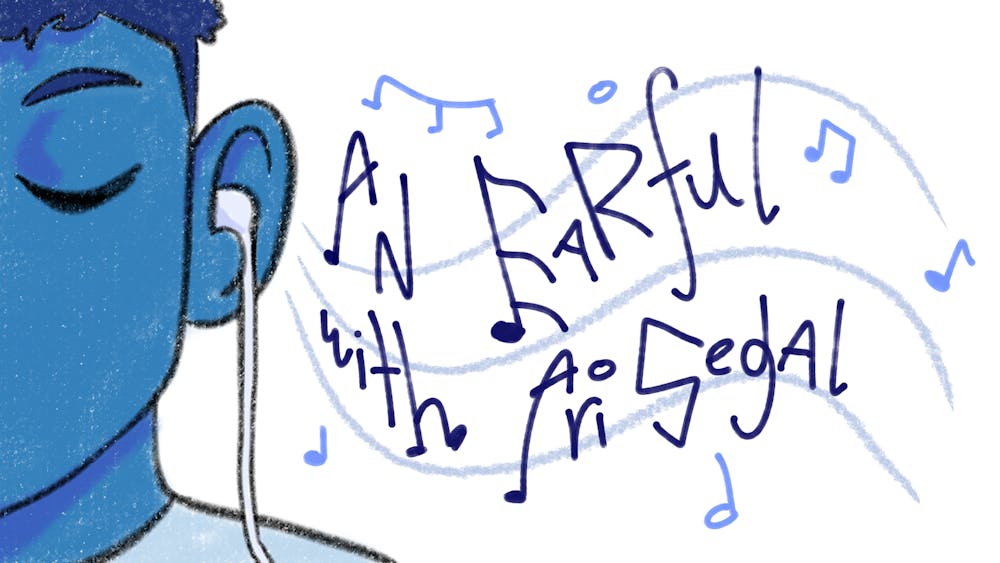The impact of J Dilla has been woefully understudied. It would take Dan Charnas’ enthralling biography-meets-sociological-study of hip hop, “Dilla Time: The Life and Afterlife of J Dilla, the Hip-Hop Producer Who Reinvented Rhythm” (2022) — published 16 years after J Dilla’s death — to underscore this sheer lack of commentary on the late producer. J Dilla, the unsung hero of beat-making, is routinely listed as a chief influence among countless prominent musicians from the new millennium.
Questlove, who worked closely with the producer, told Billboard in a 2019 interview that J Dilla was “the music god that music gods and music experts and music lovers worship.” He also credited Dilla with spearheading the late ’90s and early 2000s neo-soul movement.
So, what gives? Some might argue that J Dilla was the unsung progenitor of soul-sample-based hip-hop, the forefather of a fundamentally new type of sound, while others would label him a prophetic musician always one beat behind the corporate suits who decided his fate for him.
These questions led me to his most singular and often introductory piece of music, “Donuts” (2006), a project unveiled three days before J Dilla’s untimely death. Its release through Stones Throw Records coincided with his 32nd birthday on Feb. 7, 2006.
The timing of “Donuts” and its composition initially intrigued me. It would be his last work released during his lifetime. It was recorded and produced almost exclusively during his extended stay at Cedars-Sinai Medical Center on a 45-rpm record player and a Boss SP-303 sampler. J Dilla, who was on the cusp of mainstream success and recognition, would be hospital-bound for the last years of his life due to complications arising from his battle with thrombotic thrombocytopenic purpura and lupus, ultimately passing away due to cardiac arrest.
The majority of “Donuts” was made at J Dilla’s hospital bedside in between excruciating sessions of dialysis and pain management. He got bursts of inspiration, encouragement and support from his many visitors, most importantly, his tireless advocate and mother, Maureen Yancey.
J Dilla, whose real name was James Dewitt Yancey, had hitherto been known only by the hip-hop underground and in the small corners of the internet where fans dissected his work like the gospel on sites like Okayplayer, or his rare mainstream breakthroughs.
The producer abandoned his trademark rhythm on “Donuts.” His classic stuttering and loose beats that notoriously did not use quantization technology were nowhere to be found on his last project.
To top it all off, the instrumental hip-hop album opens with an outro — “Donuts (Outro)” — and ends with an intro — “Welcome To The Show” — with these bookends flowing into each other when the album repeats. This might explain the album’s namesake, “Donuts,” as an infinite loop of sorts. In his last work on earth, J Dilla sought to make a deliberate cult classic.
Finally, beneath miles of lore, are the actual songs off of “Donuts.”
The instrumental-based hip hop long play (LP) most noticeably does not feature standard rap lyrics, but rather, a Frankenstein-esque collage of dusty soul samples and obscure spoken words. For example, on Track 18, “Don’t Cry,” J Dilla connects The Escorts with The Temptations to create a comforting yet unsettling two-minute track.
“I can't stand to see you cry / I can't stand to see you cry / If tears,” The Escorts sample cries out, a vocal delivery that cuts deeper within the context of the song. Questlove would later claim that it was a forthcoming message to Dilla’s mother, Maureen Yancey, often nicknamed “Ma Dukes.”
Track 10, “Time: The Donut of the Heart,” mashes The Jackson 5 with two tracks by Sweet Charles Sherrell to form a tinny and hypnotic guitar loop. The song has sparse vocal interjections, like from one of the Sweet Charles Sherrell samples, where a voice calls out, “Okay, okay, there comes a time.” The song is thematically busy, yet oddly soothing.
Throughout the whole record, the musical motif of the blaring siren often interjects a quiet soul sample or lo-fi drum loop. Many critics and fans alike have retroactively found it to be a poignant commentary on mortality and death, which the producer was nearing due to his increasingly failing health: The sudden siren would be that unannounced last breath that always seemed right around the corner. Breathe in, breathe out, but never get too comfortable.
In a review of the album in 2006, Pitchfork journalist Will Dukes drew comparisons between the project exemplifying Dilla’s “selfsame sounds he’s modernized” to the initial goal of hip-hop in the first place — postmodern entertainment. “Donuts,” Dukes remarks, “is pure postmodern art– which was hip-hop’s aim in the first place.”
“Donuts” works because it is a sum greater than its parts. The 31-track LP moves by at a simultaneously fast and unnervingly slow pace. The project’s esoteric sample choices and its harrowing context have created an indescribable aura around this LP.
“Donuts” and its stunning aftermath changed hip hop in the early 2000s and its influence remains clear today.










